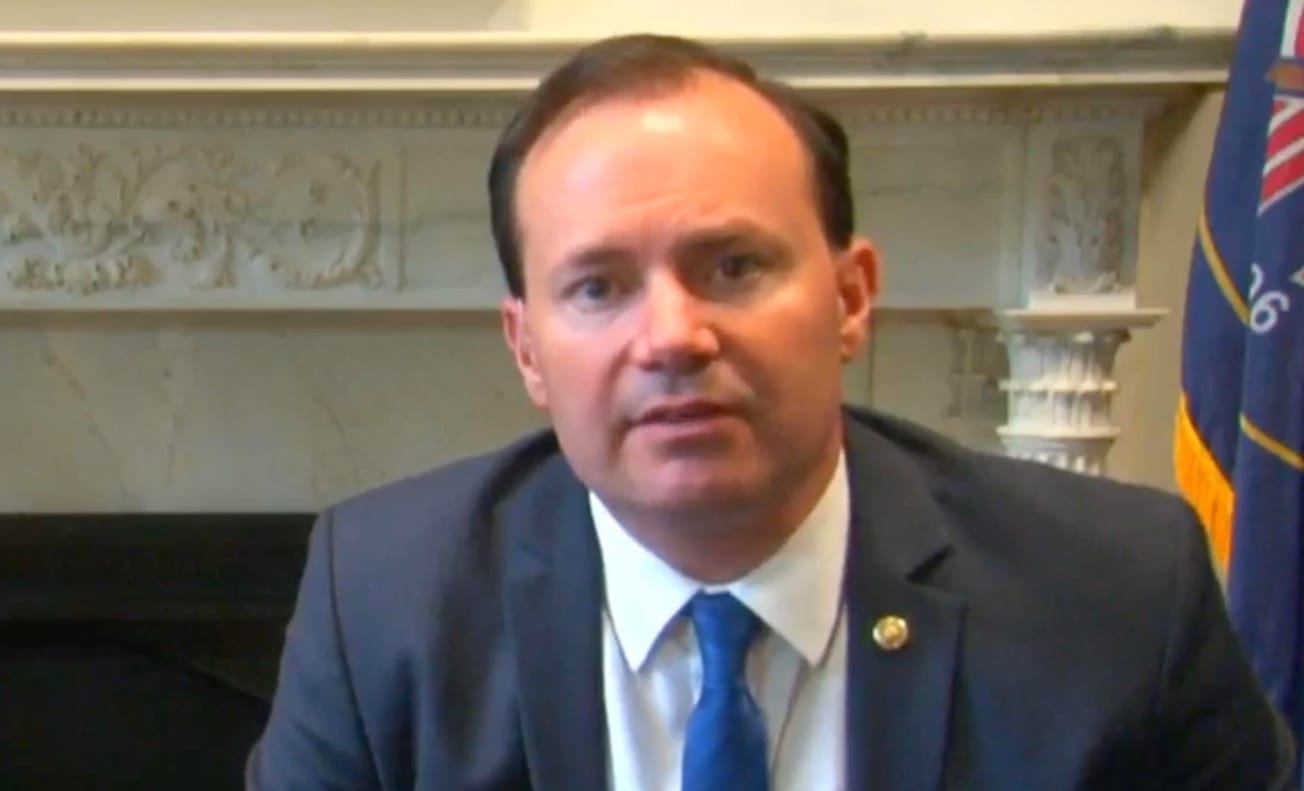Nominally, the German labor market model is considered successful to the extent that it keeps the number of jobless just under 3 million. However, in September there were still 3.7 million short-time workers — workers kept on their companies’ payroll by government subsidies during the pandemic crisis. But many if not most of these workers have already de facto joined the jobless because their companies have filed for bankruptcy. The net cost of the short time work for the federal Labor Agency is EU19 billion for 2020. The same amount would be required for 2021 plus another EU5 billion because workers would receive a bit more support if their short-time work lasts for more than six months.
There has also been a net loss of 820,000 additional jobs so far this year; furthermore the official statistics do not count the fact that there are another 7-8 million Germans working at part-time jobs or on a leasing basis as temporary employees—where the short-time work regulations are not applied, and they therefore receive no payments. When official unemployment of 5.6% is added in, the reality is that between a quarter and a third of the German labor force of some 40 million is de facto unemployed or underemployed.
The outlook for the automobile and aircraft industries is gloomy, and the same goes for the chemical industry and the machine-building industry. The aircraft industry so far in 2020 has undergone a decrease of average air flights by 81%. One of the “solutions” under discussion is that the sector should be rescued by the development of hydrogen-propelled “green“ aircraft which will require billions of euros of investments into research and development in the first place, before any such aircraft could take off.
The real alternative to many air flights, at least inside Europe, would be the expansion of high-speed railway grids, preferably building lines for maglev trains. The latter would offer the option of travelling between 1 and 2 hours maximum between the biggest cities and even less than 1 hour between bigger cities with a population above 100,000. The elites, however, prefer drowning billions of euros in “green“ hydrogen.




